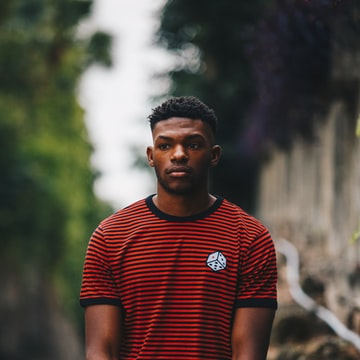ISO
ISO is the final part of the exposure triangle. It controls the sensitivity (or gain) of your recording medium.
The important thing to remember with ISO is that the lower the number, the less grain or noise your image will have. Your film or sensor will also be less sensitive so you will either need to increase your aperture size or decrease your shutter speed to maintain the same equivalent exposures.
ISO is rated in whole numbers. Like shutter speed, if you double the ISO value (say, from 200 to 400), you have increased the sensitivity by one whole stop because you doubled the sensitivity. If you halve the ISO number, you have decreased the sensitivity by one whole stop.
I grew up shooting film so I personally believe that you should set your ISO according to where you are shooting first and adjust your shutter speed and apertures later. I know of other photographers who adjust it as they need (or use auto-ISO modes which fix your aperture and shutter speed to specific values and change the ISO as needed).
Generally speaking, the more light that a scene has available, the lower your ISO should be. 200 ISO is a great starting place for photos taken in daylight while 800 ISO is a good place to start for indoor photos. Adjust as needed to get the results that you want.

Grain/Noise
In order to increase the sensitivity of the film stock, larger grains of silver are used. This lessens the amount of detail present and leads to noticeable grain in the finished print.
ISO in digital cameras is handled a bit different. All camera sensors have a base ISO (also called native ISO). From there more voltage is applied to the sensor to reach higher ISO ratings. As this happens, digital noise is introduced to the final image which degrades it the more you increase the ISO.
Just like with film, as you increase the sensitivity of your sensor, you lose dynamic range (the range of values and colors present in an image). This is why photos taken at night often look washed out or have a yellow/orange/brown tinge to them, especially in the shadows.


